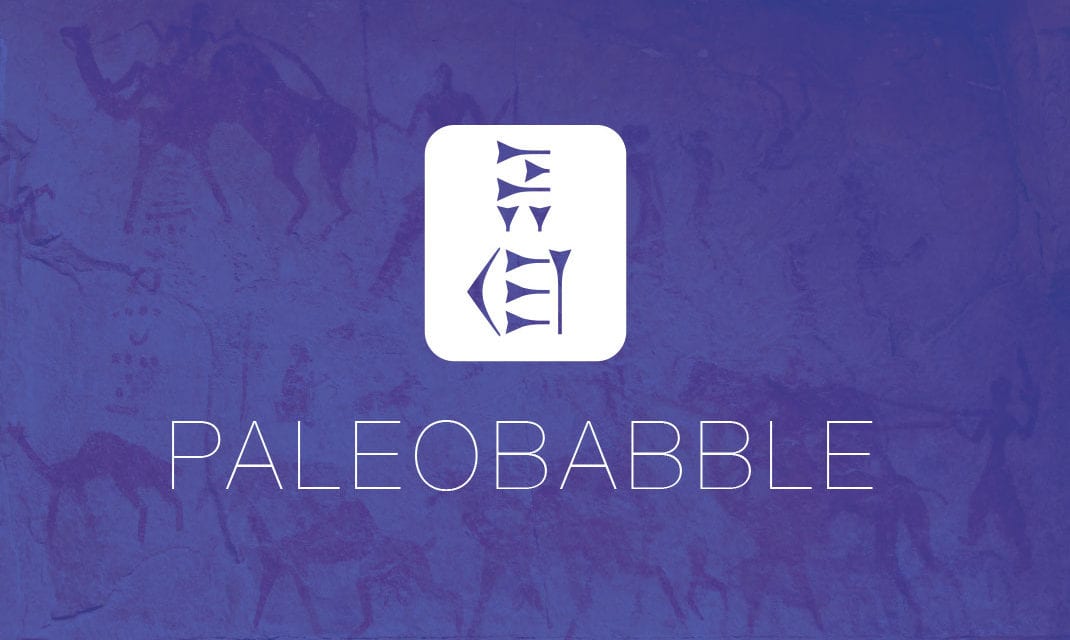It’s been a while since I posted anything about the Nazca lines. Fortunately, some thoughtful material has appeared this year online that I thought worth sharing (translation: the analyses at the links below didn’t come from the History Channel’s Ancient Aliens series).
The Archaeological Fantasies blog recently posted something on the Nazca Lines (no idea why the author varies the Nazca spelling):
Between the Nazca Lines: Evidence vs. “I Wanna Believe”
The essays are interesting and informative. Producing these symbols on the ground does not take high alien technology or alien foremen guiding the primitives from above in a UFO (see the first post — Joe Nickell, with three helpers, produced a 440-foot condor image like the original in just over a day, using nothing but “a knotted rope, stakes, and a T-square they constructed from two pieces of wood”). Nickell’s own article on the lines is footnoted in the post, but here’s a link: “The Nazca Drawings Revisited: Creation of a Full-Sized Duplicate.”





Hello Dr. Heiser,
there is a dispute over the spelling of toponyms such as Nazca and Cuzco in my country. The arguments on the side of the “s” spelling are more political than historical: Nowadays, the “z” letter corresponds to the voiceless alveolar fricative in American Spanish (so for us, “s” and “z” are pronounced /s/), whereas it corresponds to the voiceless dental fricative in Spain. Therefore, the “z” spelling of these names is considered by some to be “colonialistic” or “imperialistic”, as they reflect such a distinctly peninsular pronunciation (this is a historical misconception: the Spaniards didn’t have a voiceless dental fricative when they arrived in Peru and the letter “z” was used to represent the /s/ sound). So the author varying the spelling is not unusual, as we Peruvians are often confused as to which one is “right” and will often use both spellings. It’s fair to say that both spellings are acceptable, but you could argue that the author should stick to one of them for clarity’s sake.
thanks for this – it just seemed odd that the author would vary it.
To me, the more interesting question is why did they do this? Must have been part of their worship techniques one would think.